A Note from the GCF Directors
The Giraffe Conservation Foundation is growing from strength to strength and through working together with our amazing team and partners, GCF’s impact on giraffe conservation and management in Africa increases steadily.
There is more interest in giraffe conservation than there has ever been. This growth in interest is absolutely fantastic and is, at least in part, a testament to our hard work as well as those we work with. Governments, conservation organisations, academic institutions, individuals and, of course, the media are slowly recognising the plight of giraffe. On a personal level, we hope that the hours spent with journalists and film teams pay off and raise the much-needed awareness and support in order for GCF to continue its conservation efforts for Africa’s giant friends.
Towards the end of 2018, the news that two of the currently recognised giraffe subspecies had been added as ‘Critically Endangered’ to the IUCN Red List may well have been a shock for many people. Uplisting on the Red List is always a double-edged sword. Even though the uplisting calls attention to the critical fragility of these giraffe’s existence, it also increases conservation awareness and draws the relevant attention which is absolutely necessary regarding their plight. It also provides GCF with funding opportunities that were previously reserved for other listed species.
On a positive note, two of the recognised giraffe subspecies have been downlisted: the status of West African and Rothschild’s (identical to Nubian) giraffe has been changed from ‘Endangered’ to ‘Vulnerable’ and ‘Near Threatened’, respectively. Both subspecies have received extensive conservation attention, where GCF has for the past 13 and 6 years supported the conservation of them in Niger and Uganda, respectively. GCF is very proud to have been a part of these conservation success stories, which clearly show that we can make a difference before it is too late! Join us and be a part of the solution!
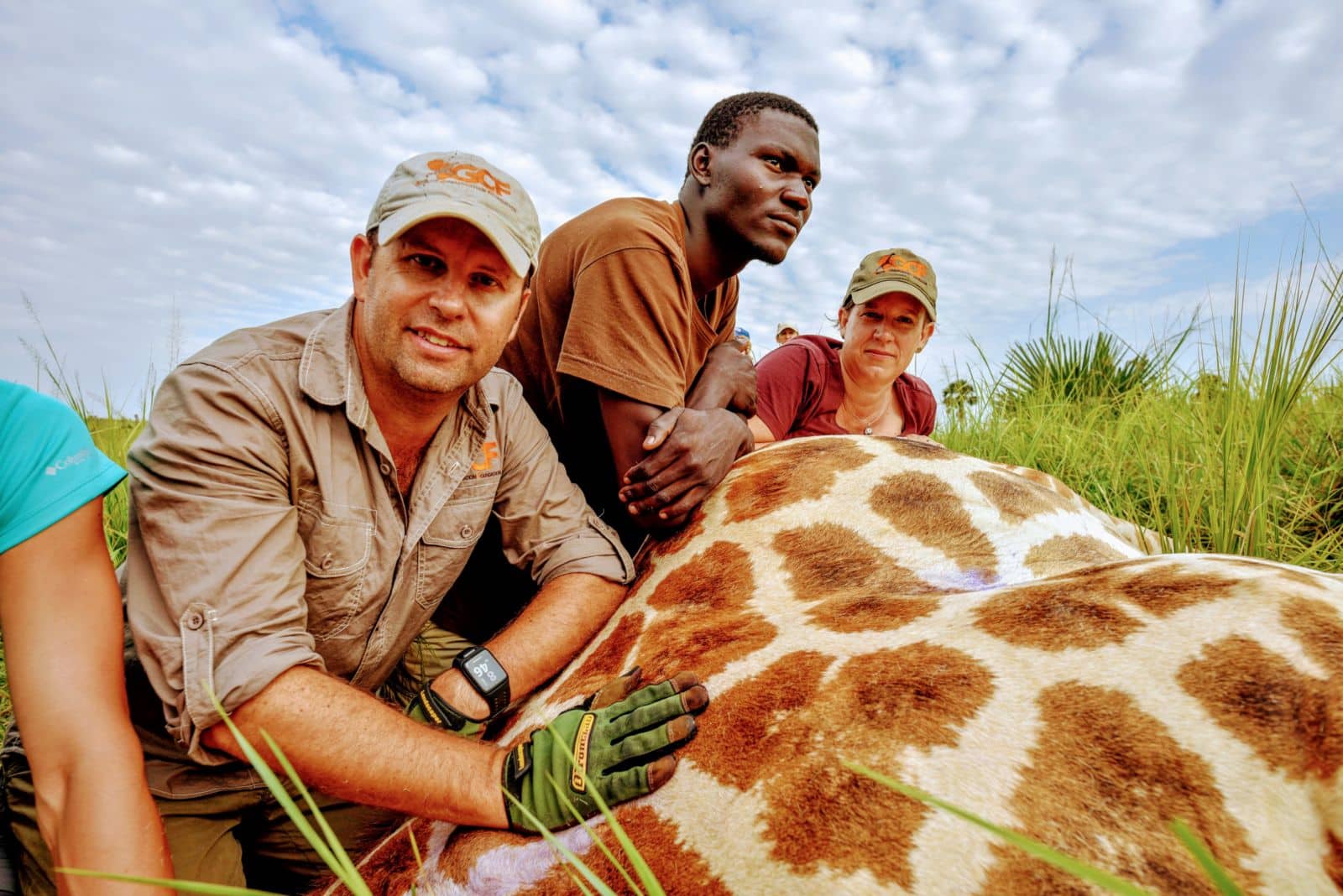
While there is still some discussion about the exact number of giraffe species, our continued research clearly shows that there are unmistakeable differences between the types of giraffe, and on account of this they should not be mixed through human intervention. While giraffe that are different from one another are able to produce viable offspring in zoos, this does not occur naturally in the wild. We are currently taking a closer look at potential hybridisation in Kenya, where three of the four giraffe species occur in ranges that could potentially overlap. Together with the Kenya Wildlife Service, we collected over 300 DNA samples to find out whether the different species mix in the wild; the preliminary results show that they do not! In light of this, we are adamant about doing everything we can to keep giraffe as separate species in the wild. International conservation efforts focus on species levels. If giraffe are so different from one another, we need to make sure this is internationally recognised before it is too late.
Helping to move giraffe back into their former ranges is a tremendous privilege. There is little that beats the feeling while watching giraffe run off a truck – wild and free to explore their new home – and seeing the smiling faces of the local people, especially because many of them have never seen a giraffe before or only know them from a distant childhood memory. It is important to sometimes sit back and reflect on the impact of our work on African landscapes and its people. Conservation translocations are an important tool, one of many we currently use, but they are also costly operations. We would like to take the opportunity to thank all of you for your help and support!
Working with partners constitutes the core of GCF’s conservation model. We could not do this by ourselves and we have no intention of attempting to do so. We are proud to call some of the biggest names in conservation our close allies: African Parks Network, Kenya Wildlife Service, Government of Niger, San Diego Zoo Global, Senckenberg Museum, Smithsonian Conservation Biology Institute, Uganda Wildlife Authority, and Wildlife Conservation Alliance. We are still amazed that our small organisation is named together with all these extraordinary partners. Without the wonderful support of everyone – from the young passionate giraffe fanatic who sells cupcakes and the coffee fundraisers to the large-scale international funders – none of what has been achieved and is still to be achieved could happen. Thank you!
We always say, “It needs a village to save giraffe!” All of you are our village, and together we can make a difference. So, let us all stand tall together for giraffe in Africa!
—Steph & Julian Fennessy
What else is inside ...
- About GCF
- Key Conservation Partners
- Programmes & Projects in Africa
- Programme Overview – Four Giraffe Species
- Capacity Building
- Supporting Students
- Veterinary Training
- Giraffe Conservation Science Symposium
- Twiga Tracker
- Giraffe on IUCN RedList
- World Giraffe Day
- Giraffe Action Fund
- Giraffe Conservation Policy & Strategies
- Conservation Translocations
- Giraffe Conservation Awareness & Outreach
- Financial Summary
- Donors
- Contact/Support
Key Conservation Partners
Working with partners constitutes the core of GCF’s values and operational model. Over the past years we have managed to forge key conservation partnerships around the world, particularly throughout Africa. In helping to save giraffe in the wild, we are proud to be able to work closely with all these partnerships.
Programmes and Projects in Africa
In 2016 the International Union for the Conservation of Nature (IUCN), with the support of GCF and partners, completed the first detailed assessment of the conservation status of giraffe, revealing that their numbers are in peril. This was further emphasised when the majority of the IUCN-recognised subspecies were recently (re)assessed – two as ‘Critically Endangered’. While this update further confirms the real threat to one of Africa’s most charismatic megafauna, it also highlights a rather confusing aspect of giraffe conservation: how many species/subspecies of giraffe are there? The IUCN currently recognises one species (Giraffa camelopardalis) and nine subspecies of giraffe, which is historically based on outdated assessments of their morphological features and geographic ranges. The subspecies are thus divided: Angolan giraffe (G. c. angolensis), Kordofan giraffe (G. c. antiquorum), Masai giraffe (G. c. tippleskirchi), Nubian giraffe (G. c. camelopardalis), Reticulated giraffe (G. c. reticulata), Rothschild’s giraffe (G. c. rothschildi), South African giraffe (G. c. giraffa), Thornicroft’s (G. c. thornicrofti), and West African giraffe (G. c. peralta).
However, over the past decade GCF and their partner Senckenberg Biodiversity and Climate Research Centre (BiK-F) have performed the first-ever comprehensive DNA sampling and analysis (genomic, nuclear and mitochondrial) of all major natural populations of giraffe throughout their range in Africa. As a result, an updated review of the traditional taxonomy now exists. This study revealed that there are four distinct species of giraffe and most likely six subspecies. The four species are Masai giraffe (G. tippelskirchi), Northern giraffe (G. camelopardalis), Reticulated giraffe (G. reticulata), and Southern giraffe (G. giraffa). Nubian giraffe (G. c. camelopardalis), Kordofan giraffe (G. c. antiquorum) and West African giraffe (G. c. peralta) are the three subspecies of the Northern giraffe. Angolan giraffe (G. g. angolensis) and South African giraffe (G. g. giraffa) fall under the Southern giraffe. Rothschild’s giraffe is genetically identical to the Nubian giraffe, and thus subsumed into it. Similarly, Thornicroft’s giraffe is genetically similar to the Masai giraffe, but is possibly a separate subspecies (G. t. thornicrofti). Based on this research, GCF refers to the updated giraffe taxonomy of these four species in all publications and conservation efforts.
Capacity Building
While GCF has established itself as the leader in giraffe conservation, we are also helping to build the future of giraffe conservation in Africa and internationally. GCF continues to support a host of local and international students at different levels, all working throughout the continent to save giraffe.
Get Involved, Stay Involved
Give

Donations are the bread-and-butter of our conservation work.
Your donations directly contribute to our ability to ensure a sustainable future for giraffe in Africa.
Adopt

Giraffe Adoptions give you a personal connection to GCF’s work.
Much like donations, adoptions directly fund our conservation work.
Spread the Word
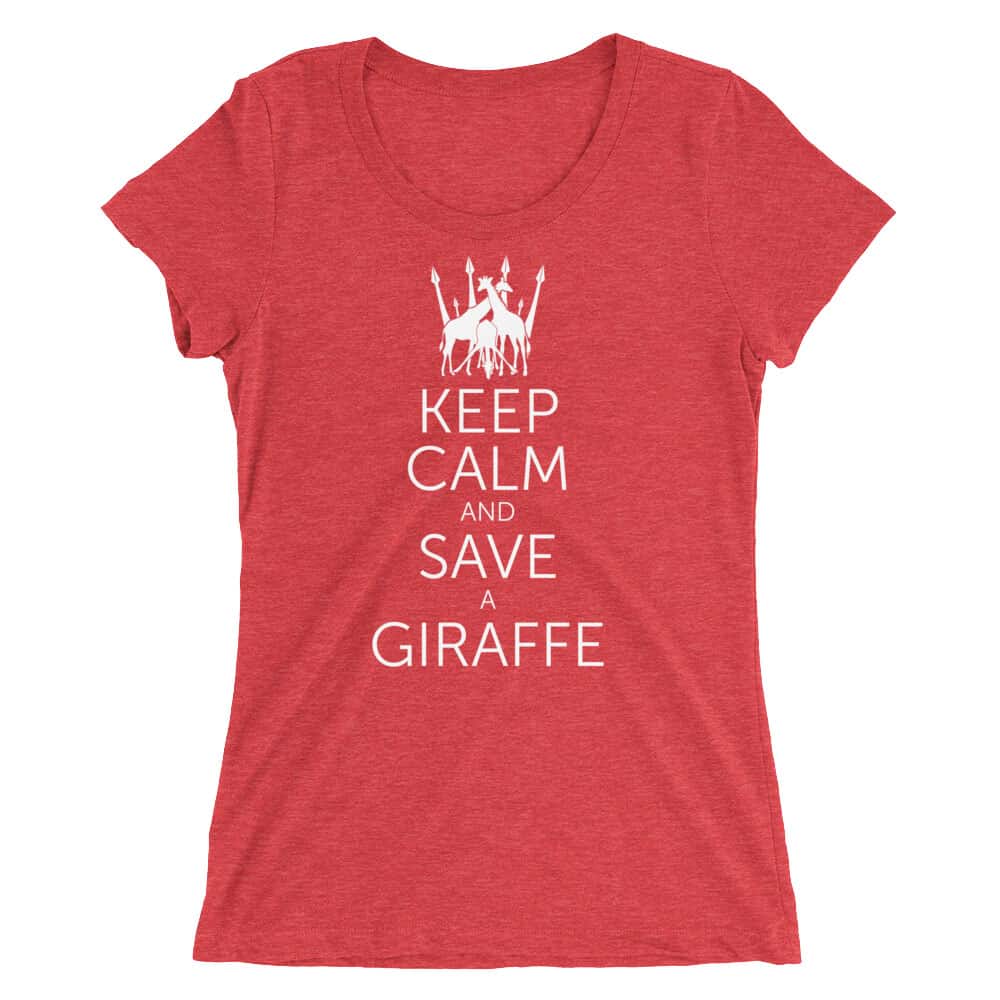
Wear our official apparel to support our work, and our message.
By buying official GCF gear, you’re supporting our work in two ways:
- You are literally wearing the message to help spread the word about giraffe endangerment.
- Funds from each purchase directly support our conservation work in Africa.

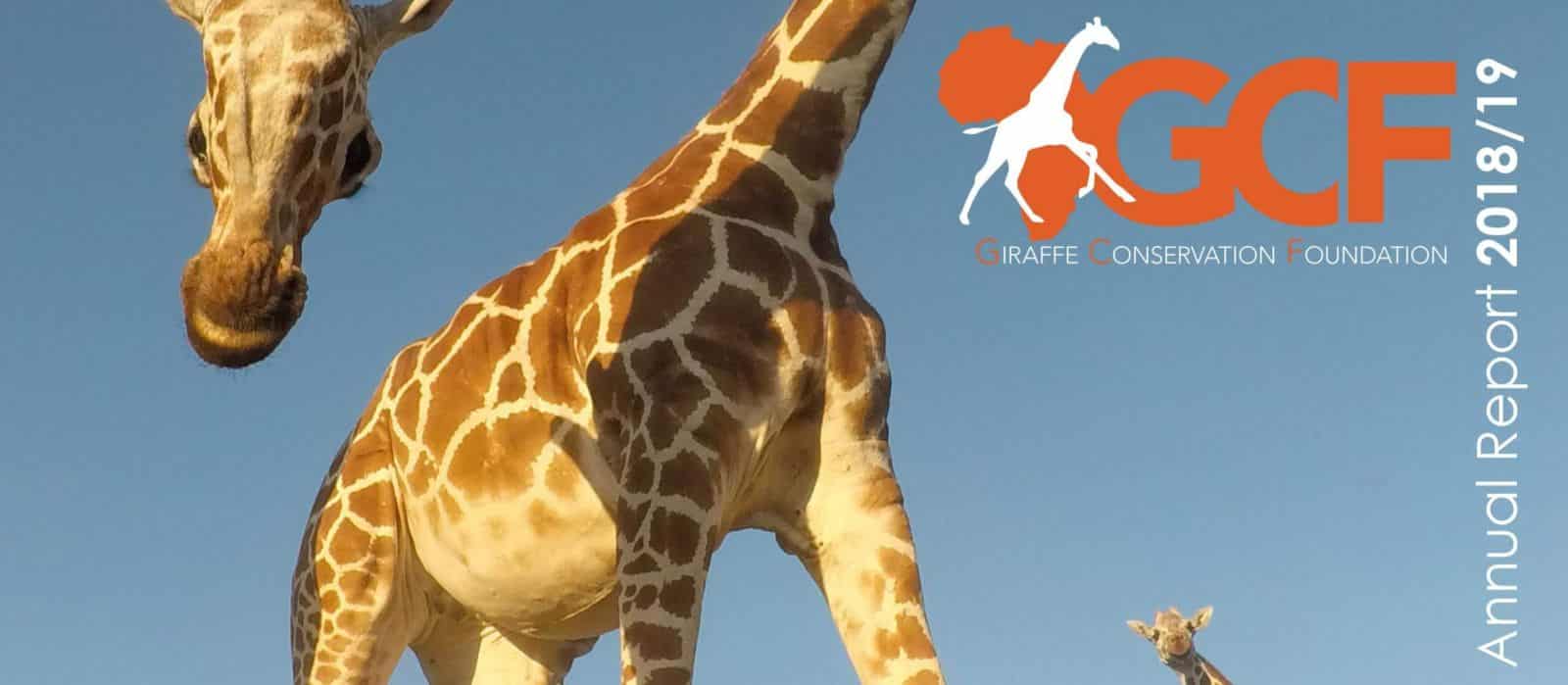
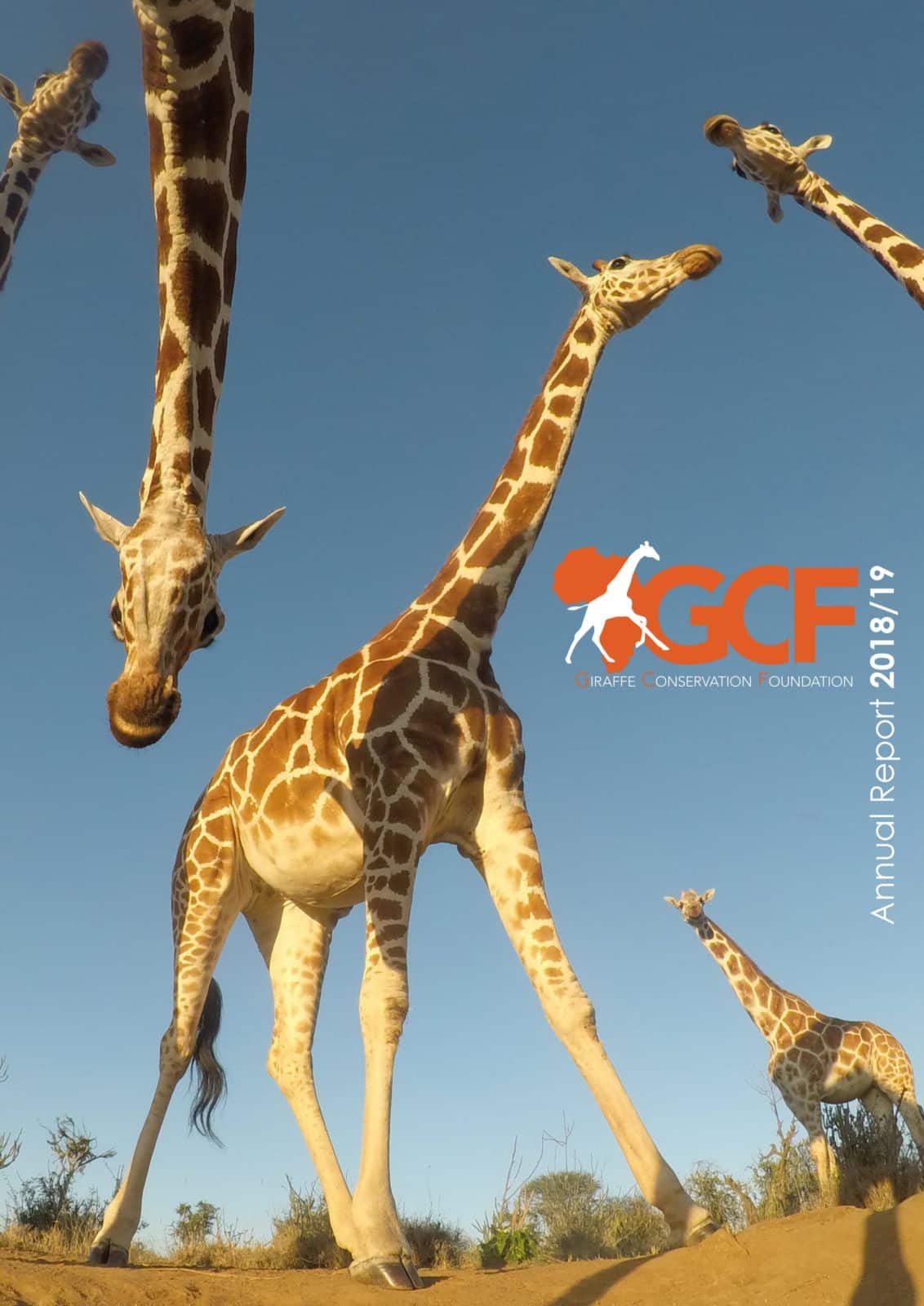

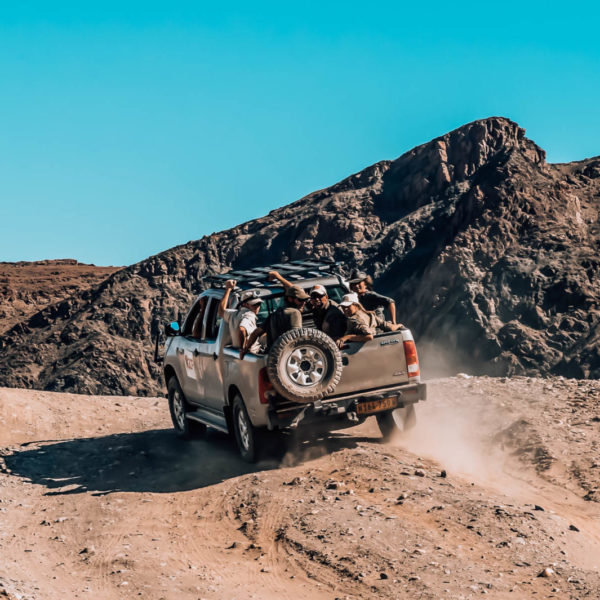
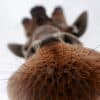
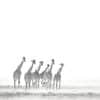


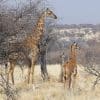

Hi Julian and Steph Fennessy, I are writing because I watched a Documentary on Google last night about your work on Giraffe. A comment was made while Julian was filming at night in the Namibian Desert about a Giraffe that was sitting down sleeping and another joined it. The Comment was about communication between Giraffe’s. I do not proclaim to knowing much about Giraffe’s but I do suspect that they communicate outside of human normal hearing range, based on a sample size of one.
In Etosha N.P July 2019, I observed the Giraffe on it’s own for 30 minutes, it was alone probably 15 – 20 km’s from the last Giraffe sighting that day. It would stand ass tall as it could raising its head sky ward, Mouth and Lip motion would indicate it was trying to communicate, it appeared uncomfortable being by itself.
Essentially I are writing to let you know in case you have not seen this behavior before, to me it was very much like Elephants communicating in a vocal range that Humans can not hear.
I worked in Environmental science for 36 years at Landcare Research based out of Lincoln, Canterbury, N.Z and do have a good understanding of wildlife behavior. I worked on many animal species, although nothing as interesting as the African Wildlife.
I tried attaching 3 images for you to see but can’t attach to this message.
email me if you want more info, or the images.
Cheers Kev Drew.
Hi Kev, I’ve sent you an email requesting the photos. Thanks for getting in touch.